Financing an acquisition can be a powerful way to strengthen a business. A good acquisition not only strengthens the business doing the buying but also removes some of the competition at the same time.
The same process can be used online when buying content websites, Amazon FBA, SaaS or other online businesses. Acquisitions are a powerful tool, but it does require the funds to pull it off.
Understanding available options in acquisition financing is crucial to making sure every option is on the table when closing an acquisition.
Due Diligence Services
These firms rely on our M&A expertise



These firms rely on our M&A expertise...



Hire our team to conduct due diligence on your online business acquisition.
Get a 20-page due diligence report jam-packed with insights.
View all services, or choose your business type below:
What Is Acquisition Financing?
Acquisition financing refers to funds that are set aside for the specific purpose of buying other websites or businesses in order to increase the size of your own. Business acquisition often happens with real-world businesses, such as bank mergers.
It’s also an effective strategy that I’ve used to build up websites for future profitable flips by buying smaller sites in the niche and merging them into the one I’m building up.
Acquisition financing can come from a variety of sources whether my own bank account, a contracted partnership, loans, or many other options.
How To Finance An Acquisition – 10 Methods
There are many methods for financing an acquisition. I’m going to review 10 of the most common and available options that are widely available.
1. Through Equity
Equity financing is raising money through the sale of shares of ownership in an entity. Buying stock in a company or financing home improvements with a home equity loan are two examples of how equity financing works.
This isn’t as common when it comes to acquiring content websites, but having a consistently profitable content site, Amazon FBA, or other online business that you provide partial ownership to or gain funding through putting it up as collateral can be an option.
This is less ideal than having the cash on hand to make an acquisition, and is only recommended for experienced online business owners who have the experience and confidence to find good deals and acquire them for top profitability.
2. Through Debt
Debt financing is a general term for raising the capital to acquire an online business from borrowing, and then using the profits from the acquired business or project to pay back the borrowed amount, usually with interest.
Companies may issue bonds, bills, or other types of notes to raise money this way. This will be harder for most small online businesses but getting a loan or even using credit cards would be examples of using borrowed money (aka debt) to get a crucial acquisition.
3. Through Mezzanine or Quasi Debt
Quasi Debt financing, most commonly seen through Mezzanine financing, is a type of financing that is a cross between debt financing and equity financing. The idea is that capital is loaned to the borrower with a contract stipulating how repayment is to be handled.
If the borrower defaults on the payments then the lender gets a certain percentage of equity in the business as compensation.
This can be high risk for both parties, but can offer an acquisition funding solution when everything else falls through.
4. Through Earnout
An earnout financing agreement is often the middle-ground solution when a buyer desperately wants to acquire an online property, but they can’t agree with the owner on valuation. With an earnout agreement, an upfront payment is made with a deal for future payments to be made based on hitting certain growth numbers.
Basically future sales and/or profits are used to cover the gap between what the buyer can pay and what the current seller demands.
An example of this might be an online business that does $1 million a year in sales and nets $100,000 in earnings. A buyer offers 5x sales or $5 million.
The current owner refuses, wanting to sell but believing the future upside is much higher and they want $10 million.
An earnout acquisition compromise might be a down payment of $5 million, and if sales or net profits hit a certain benchmark in the next three years they pay another $5 million, but if those benchmarks aren’t made then there’s only $2 million to close the deal.
5. Leveraged Buyout
A leveraged buyout is an acquisition strategy where the assets and capital of the purchasing business, as well as the assets and capital of the acquired business, are used as collateral. This means that both the acquired business and the acquiring business could be lost if the
6. Using a Bank Loan
If you have a good history with a bank and your business has a solid credit history you can go to a bank to look at a business loan to finance a major acquisition.
This is easier with a well-established relationship or if you are willing to put up collateral as unfortunately many banks still don’t have a firm grasp on how many types of online businesses work, making it more difficult to get funding in many cases.
7. Using an SBA Loan
The Small Business Administration (SBA) has many different loan programs aimed at specifically being able to help encourage the growth of small businesses in the United States. This can be a viable option for funding in many cases when you run into a wall to get a more conventional bank loan.
This tends to be a particularly viable option if you have a local bank that works with the SBA’s microloan program which focuses on loans of $50,000 or less and are a bit more flexible on working with smaller businesses or acquisitions.
8. Through Third-Party Financing
Third-party financing is one of the less common methods of financing an online business acquisition. This is when a 3rd party is brought in (usually by the seller) to provide the additional funds needed to see the acquisition through.
Third-party financing can be a bit complicated because there is that extra party involved in the transaction.
However, if it’s the only viable option to make an important acquisition happen it’s worth considering.
9. Joint Ventures
A joint venture is when two parties come together to become partners in a business. This would generally be a Business A & Business B work together to create Business C. A joint venture could lead to a profitable partnership for both parties when done correctly.
This is also a way for two businesses to combine their resources to pull off an acquisition that might otherwise be impossible for any of them individually.
In a joint venture both parties split expenses, work, earnings, and profit. The percentages need to be worked out and agreed upon in a written contract before proceeding so everyone’s roles are clearly defined.
10. By Issuing Bonds
Issuing bonds can be a way to raise money assuming you can get enough interested buyers lined up. By issuing bonds that pay off a certain interest rate after a set amount of time investors get a steady and somewhat safe rate of return why the issuer gets the funds needed for the actual acquisition.
Debt vs Equity Financing
Which is better: debt financing or equity financing? Both have their place and it’s important for each business owner or investor to understand which method benefits them most.
If the main concern is acquisition without giving up any equity, then debt financing makes the most sense. Debt financing gives more control over the acquisition since you retain complete ownership, but more will generally need to be paid back to lenders in interest.
If the main concern is acquisition without having to pay the full capital needed out of pocket, then equity financing is the best alternative. This requires less of your direct money, but you give up some control and the equivalent percentage of future earnings from the acquisition.
There’s a time and place for both methods. The amount of business capital you have on hand, how much control you want, and your overall preferences all play into what business acquisition methods and strategies will make the most sense.
Bottom Line
The right acquisition can be a major boon for an online business. Whether this is done for SEO purposes, to improve and flip, or to grab more of the total market share, understanding the options available is crucial to take advantage of acquisition opportunities.
There are plenty of options for financing, and each option is another tool in the belt of a smart online investor.
Due Diligence Services
These firms rely on our M&A expertise



These firms rely on our M&A expertise...



Hire our team to conduct due diligence on your online business acquisition.
Get a 20-page due diligence report jam-packed with insights.
View all services, or choose your business type below:











